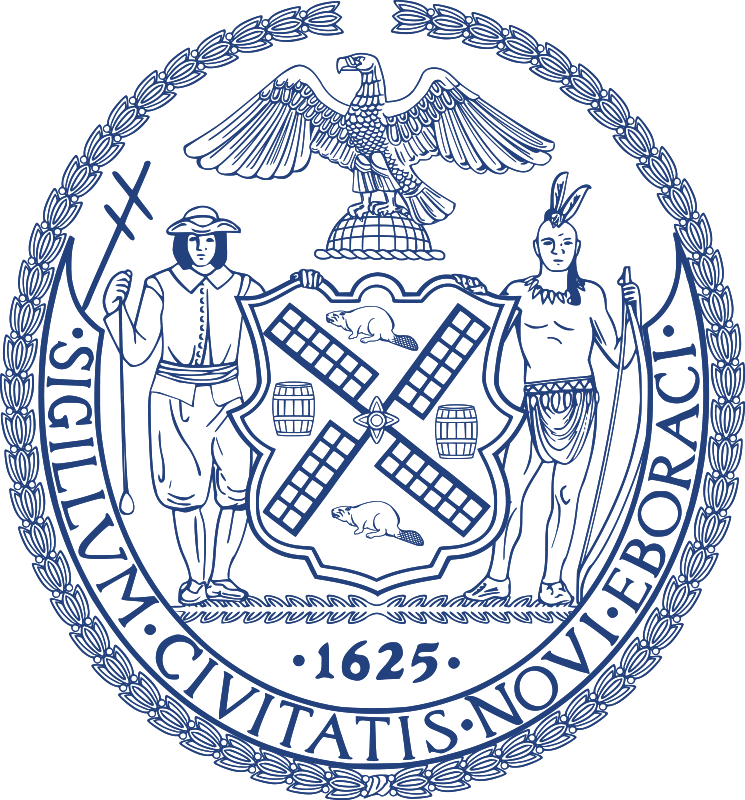Broadband and Equal Access to the Internet in New York City
No Internet Access
8.1% of Households, 2021
Cellular Data Plan Only
12.8% of Households
No Broadband Subscription
(cable, fiber optic, or DSL service)
24.5% of Households
Last session, the then-New York City Chief Technology Officer issued the New York City Internet Master Plan. As a part of the plan, in May 2020, a Request for Expressions of Interest relating to the Universal Solicitation for Broadband in NYCHA was issued. The Committee on Technology held at least two hearings on the City Internet Master Plan and the digital divide, however, many New Yorkers may still have no access to high-speed Internet. This hearing would enable the Council, the Administration, and advocates to explore ways in which New York City can reduce the digital divide and ensure that all New Yorkers have access to high-speed Internet.
The introduced bills for the hearing aim to provide public access to wireless networks, provide mobile hotspot devices to public school students, raise awareness of affordable internet programs, and increase transparency around cable franchise agreements.
The data team investigated unequal access to high-speed internet in New York City among several population groups like students and seniors and across neighborhoods. Their analysis of the data revealed the following:
- About a quarter of New York City households lacked a broadband subscription at home and the percentage was even higher for Black, Hispanic, low-income, and senior households.
- For some community districts — many in the Bronx and high-poverty areas — over 40% of households did not have high-speed broadband service.
- Between 11 and 13 percent of NYC DOE students in each borough lacked access to adequate internet at home during remote learning.
Broadband Access Across Population Groups
In order to reliably analyze internet and broadband access at a more granular level, the data team used ACS 2020 5-year estimates for geographic and demographic percentages.
The digital divide in New York City is shown by the substantial difference in high-speed broadband internet access across population groups.
While about a quarter of New York City households lacked broadband service at home, the percentage is even higher for Black, Hispanic, low-income, and senior households.
Over one-third of households headed by Black or Hispanic New Yorkers and nearly half of low-income and senior households did not have a broadband subscription.
Households without Broadband Access by Community District
Access to high-speed broadband internet was also divided across neighborhoods in New York City. There are 19 community districts in which more than 33% of households were without a broadband subscription. Many of these community districts are in the Bronx and high-poverty areas.
Households without Broadband Access
Lowest Broadband Access
- Melrose-Mott Haven-Port Morris: 44%
(The Bronx – CD01) - Borough Park-Kensington: 42%
(Brooklyn – CD12) - East Harlem: 41%
(Manhattan – CD11) - Tremont-Belmont-West Farms: 41%
(The Bronx – CD06) - Longwood-Hunts Point: 41%
(The Bronx – CD02) - Jamaica-St. Albans-Hollis: 41%
(Queens – CD12)
Students Internet and Device Access
At the end of 2020, New York State Education Department (NYSED) conducted a statewide survey on remote learning and internet access during the pandemic. The survey showed that many students did not have access to the adequate internet required for remote learning.
Between 11 and 13 percent of NYC DOE students in each borough lacked adequate access to internet at home. This amounts to 114,073 students lacking sufficient home internet. The issue is compounded by the fact that many students also lacked an adequate device for remote learning.
This deficiency in proper technologies at home puts students at a disadvantage and presents a barrier for learning.
Legislation
For feedback, comments, and questions please email DataInfo@council.nyc.gov.
Created by the NYC Council Data Team.
